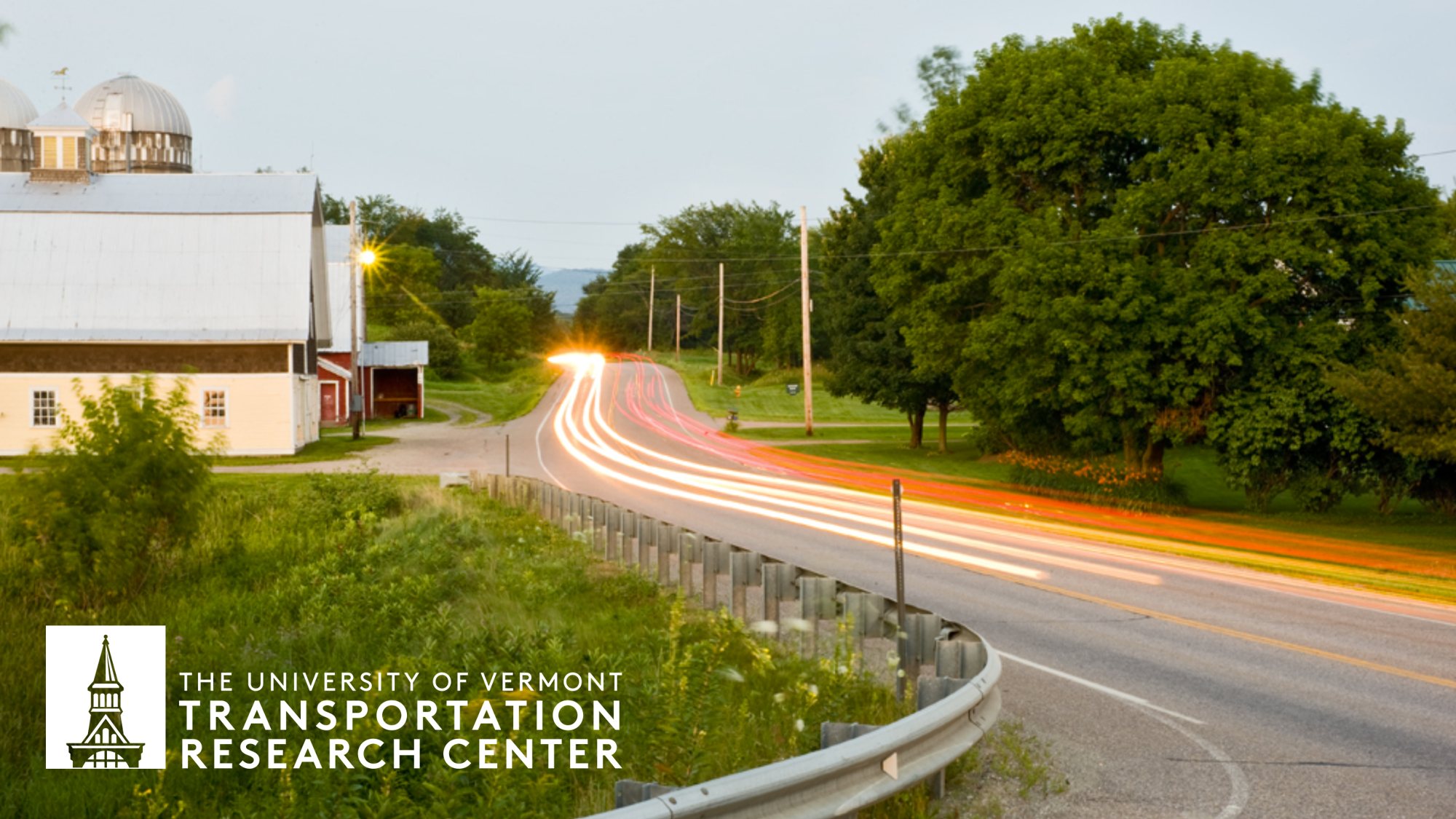
University of Vermont Transportation Research Center
Document Type
Report
Publication Date
2-20-2017
Abstract
Over 300 Vermont bridges were damaged in the 2011 Tropical Storm Irene and many experienced significant scour. Successfully mitigating bridge scour in future flooding events depends on our ability to reliably estimate scour potential, design safe and economical foundation elements accounting for scour potential, design effective scour prevention and countermeasures, and design reliable and economically feasible monitoring systems, which served as the motivation for this study. This project sought to leverage data on existing Vermont bridges and case studies of bridge scour damage, and integrate available information from stream geomorphology to aid in prediction of bridge scour vulnerability. Tropical Storm Irene’s impact on Vermont bridges was used as a case study, providing damage information on a wide range of bridges throughout the State. Multiple data sources were combined in an effort to include data, which represents the complex, interconnected processes of stream stability and bridge scour, then identify and incorporate feature that would be useful in a probabilistic model to predict bridge susceptibility to scour damage. The research also sought to identify features that could be included in inspections and into a scour rating system that are capable of assessing network-level scour vulnerability of bridges more holistically. This research also sought to review existing scour countermeasures and scour monitoring technologies available in the literature and examine efficacy of new, indirect scour countermeasures and passive scour monitoring techniques. The specific objectives of this research were to: (1) review the literature and identify methods/technologies that are adaptable to Vermont; (2) analyze Tropical Storm Irene bridge damage information and observations by collecting and geo-referencing all available bridge records and stream geomorphic assessment data into a comprehensive database for identifying features that best represent bridge scour damage; (3) conduct watershed analysis on all bridges, including creation of stream power data to assess if watershed stream power improves the prediction of bridge scour damage; and (4) investigate new scour countermeasures and monitoring technologies, and provide recommendations on implementations.
Recommended Citation
Dewoolkar, Mandar; Anderson, Ian; Rizzo, Donna; Huston, Dryver; Frolik, Jeff; Brand, Matthew; and Howard, Lucas, "Prediction and mitigation of scour and scour damage to Vermont bridges" (2017). University of Vermont Transportation Research Center. 31.
https://scholarworks.uvm.edu/trc/31

